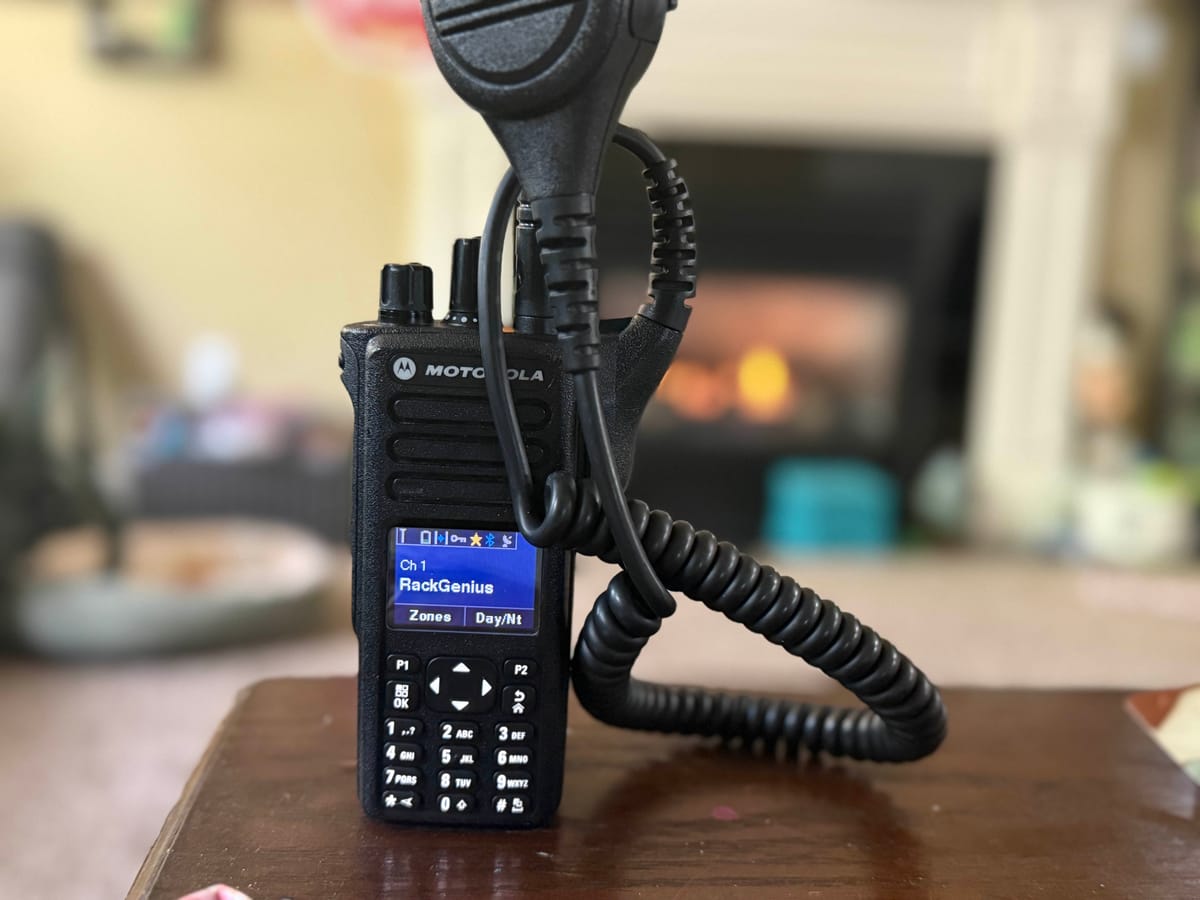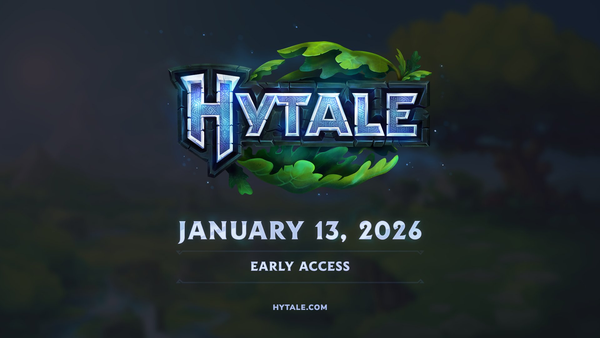How I Built a Cross-Mode Digital Radio System on a VPS
Learn how to set up a cross-mode digital voice server using HBLink, MMDVM_Bridge, and DVSwitch—all hosted on a single VPS. This guide walks through bridging DMR, P25, NXDN, and YSF to create a unified amateur radio talkgroup using low-latency cloud infrastructure.

At RackGenius, we're always pushing the limits of what hosted infrastructure can support – and that includes the world of amateur radio. In this post, I'll walk you through how I'm running a HBLink DMR Server, integrated with DVSwitch to seamlessly bridge DMR, P25, NXDN, and YSF digital modes – all hosted on a single VPS.
What is Amateur Digital Radio?
You've probably heard of ham radio – but what you might not know is that many hams today are using digital modes to communicate, similar to how your phone uses digital signals instead of analog. These modes include:
- DMR (Digital Mobile Radio, used primarily by businesses and some hams)
- P25 (Project 25, used primarily in public safety)
- NXDN (Kenwood's version of DMR, primarily used by businesses and some hams)
- YSF (Yaesu System Fusion, built for amateur radio use)
Each mode has it's own network, radios, and protocols. Unfortunately, they don't usually talk to each other. that's where bridging comes in. A digital voice bridge allows someone on a DMR radio talk to someone using P25 or YSF, even though they're using different technologies.
The Stack: HBLink + MMDVM_Bridge + Analog_Bridge
To build this bridge, I started with a private DMR master server using HBLink—a lightweight Python-based tool for managing DMR peers and talkgroups. If you’re new to HBLink, I highly recommend this excellent guide by N3EMC. It walks through the full install and configuration process in a clear, step-by-step format.
After HBLink was up and running, I added:
- MMDVM_Bridge: Connects DMR (via HBLink) into the DVSwitch world
- Analog_Bridge: Transcodes digital voice modes in real time, allowing cross-mode communication
- DVSwitch: The software suite that ties it all together
This setup allows users with different radios and modes to connect to the same talkgroup and actually communicate, without needing to change hardware.
Why I Host It on RackGenius Infrastructure
Digital voice isn’t just about software—it demands robust hosting:
- Low latency to prevent choppy audio
- Fast CPUs to handle audio transcoding
- High uptime so repeaters and hotspots stay online 24/7
- Bandwidth headroom for multiple voice streams
Our infrastructure at RackGenius is perfect for this kind of use case. I’ve never had an audio glitch or dropped frame—even with several users connected across different modes at once.
How I Keep It Secure
Security is crucial when bridging multiple radio networks:
- Only trusted peers can connect, using whitelisted DMR IDs and IP addresses
- Users can only connect if they have a valid Radio ID through radioid.net
- Firewall rules ensure nothing unwanted gets in
- Talkgroups are restricted so only approved bridges can link modes
- I use monitoring tools to detect rogue devices or malformed packets.
Want to give it a shot?
Here's what you'll need:
- A VPS or dedicated server (2 vCPU / 2GB RAM minimum)
- Linux OS (I used Debian 11 following the previously mentioned N3EMC guide)
- Basic knowledge of config files
- A MMDVM repeater or hotspot
- A digital radio
This isn’t just a personal project—it’s a live example of what reliable, low-latency cloud hosting can do for amateur radio. From real-time transcoding to 24/7 uptime, every part of this cross-mode bridge is powered by RackGenius infrastructure built for performance.
Whether you're a ham operator experimenting with DMR or a radio club building your own digital voice network, RackGenius VPS hosting gives you the power, flexibility, and control to bring your project to life. With full root access, dedicated bandwidth, SSD-backed storage, and real human support.





